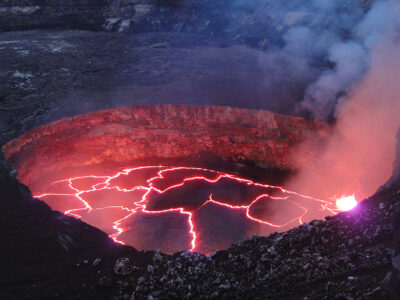That Was One Big Shark
Shark Tooth (Carcharodon megalodon) from the Miocene (25 million years ago) of the Hawthorne Formation, South Carolina, USA.
You know with a big tooth like that a lot of people are going to write a lot of words talking about it. I have added some additional information from wiki. I did try to only add important info and I left a whole lot out. If you want more take a look at the Wikipedia article. There is enough in this to keep you busy for a while.
Information from wiki
Megalodon, meaning “big tooth”, is an extinct species of shark that lived approximately 15.9 to 2.6 million years ago, during the Cenozoic Era (middle Miocene to end of Pliocene).
Regarded as one of the largest and most powerful predators in vertebrate history, C. megalodon probably had a profound impact on the structure of marine communities. Fossil remains suggest that this giant shark reached a length of 18 metres (59 ft), and also indicate that it had a cosmopolitan distribution. Scientists suggest that C. megalodon looked like a stockier version of the great white shark.
C. megalodon had a cosmopolitan distribution; its fossils have been excavated from many parts of the world, including Europe, Africa and both North and South America, as well as Puerto Rico, Cuba, Jamaica, the Canary Islands, Australia, New Zealand, Japan, Malta, the Grenadines and India. Megalodon teeth have been excavated from regions far away from continental lands, such as the Mariana Trench in the Pacific Ocean.
The most common megalodon fossils are its teeth. Diagnostic characteristics include: triangular shape, robust structure, large size, fine serrations, and visible V-shaped neck. Megalodon teeth can measure over 180 millimetres (7.1 in) in slant height or diagonal length, and are the largest of any known shark species
Due to fragmentary remains, estimating the size of C. megalodon has been challenging. However, the scientific community has concluded that C. megalodon was larger than the whale shark, Rhincodon typus. Scientists focused on two aspects of size: total length and body mass.
A team of Japanese scientists, T. Uyeno, O. Sakamoto, and H. Sekine, discovered and excavated partial remains of a megalodon, with its nearly complete associated set of teeth, from Saitama, Japan, in 1989. Another nearly complete associated megalodon dentition was excavated from the Yorktown Formations of Lee Creek, North Carolina, in the United States and served as the basis of a jaw reconstruction of C. megalodon at the American Museum of Natural History in New York City. These associated tooth sets solved the mystery of how many teeth would be in each row of the jaws of the megalodon. As a result, highly accurate jaw reconstructions became possible. More associated megalodon dentitions were found in later years. Based on these discoveries, scientists S. Applegate and L. Espinosa published an artificial dental formula (representation of dentition of an animal with respect to types of teeth and their arrangement within the animal’s jaw) for megalodon in 1996. Most accurate modern C. megalodon jaw reconstructions are based on this dental formula.
The extraordinary bite forces in C. megalodon must be considered in the context of its great size and of paleontological evidence suggesting that C. megalodon was an active predator of large whales.
Megalodon had enough adaptability to inhabit a wide range of marine environments (i.e., shallow coastal waters, areas of coastal upwelling, swampy coastal lagoons, sandy littorals, and offshore deep water environments), and exhibited a transient lifestyle. Adult megalodon were not abundant in shallow water environments and mostly lurked offshore. C. megalodon may have moved between coastal and oceanic waters, particularly in different stages of its life cycle.
Fossil evidence suggests that the preferred nursery sites of C. megalodon were warm water coastal environments, where threats were minor and food plentiful. Nursery sites were identified in the Gatun Formation of Panama, the Calvert Formation of Maryland, Banco de Concepción in the Canary Islands, and the Bone Valley Formation of Florida. As is the case with most sharks, C. megalodon gave birth to live young. The size of neonate megalodon teeth indicate that megalodon pups were around 2 to 4 metres (6.6 to 13.1 ft) in total length at birth. Their dietary preferences display an ontogenetic shift. Young megalodon commonly preyed on fish, giant sea turtles, dugongs and small cetaceans; mature megalodon moved to off-shore cetacean high-use areas and consumed large cetaceans






